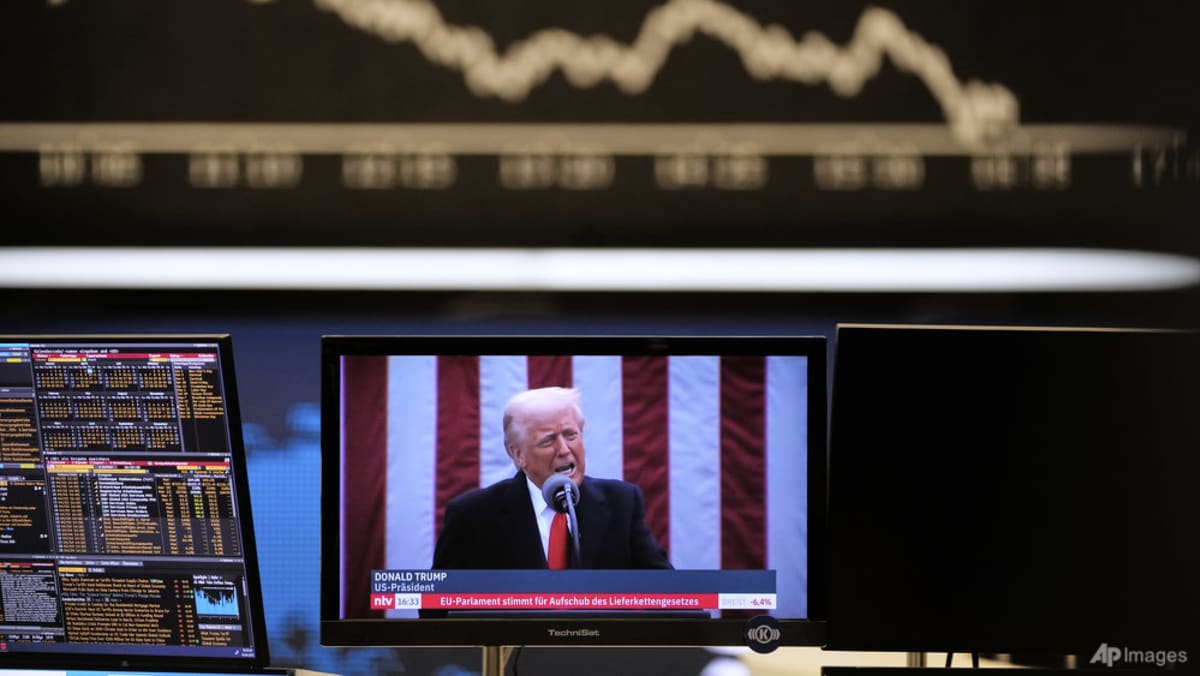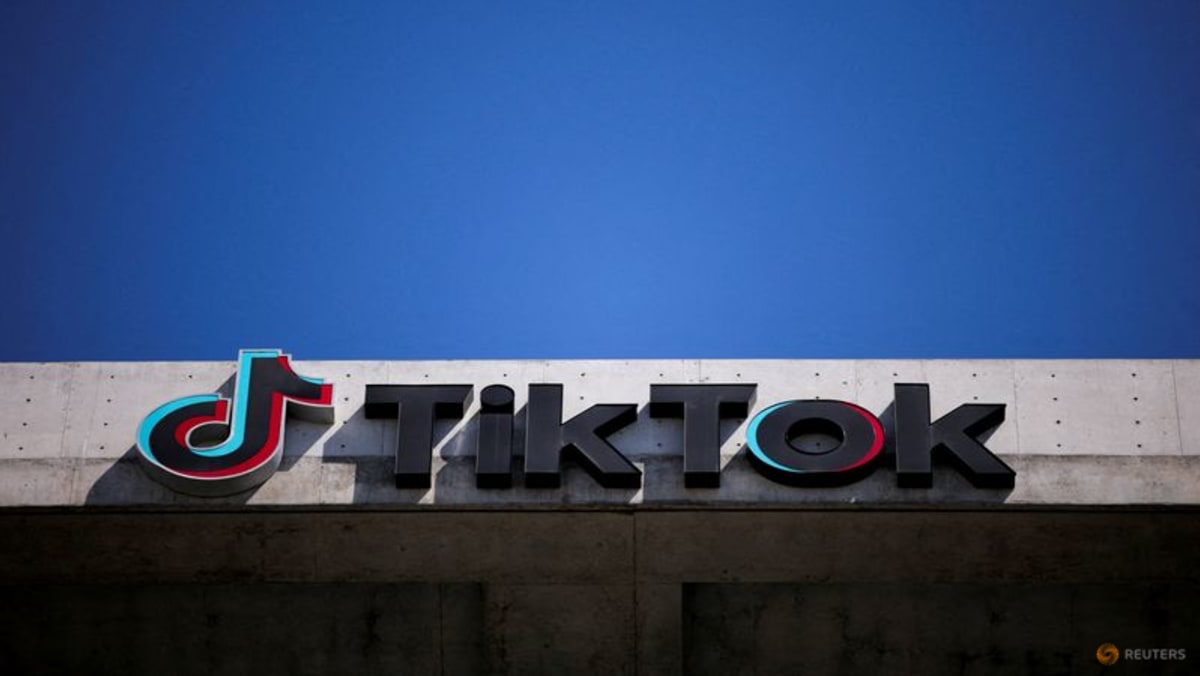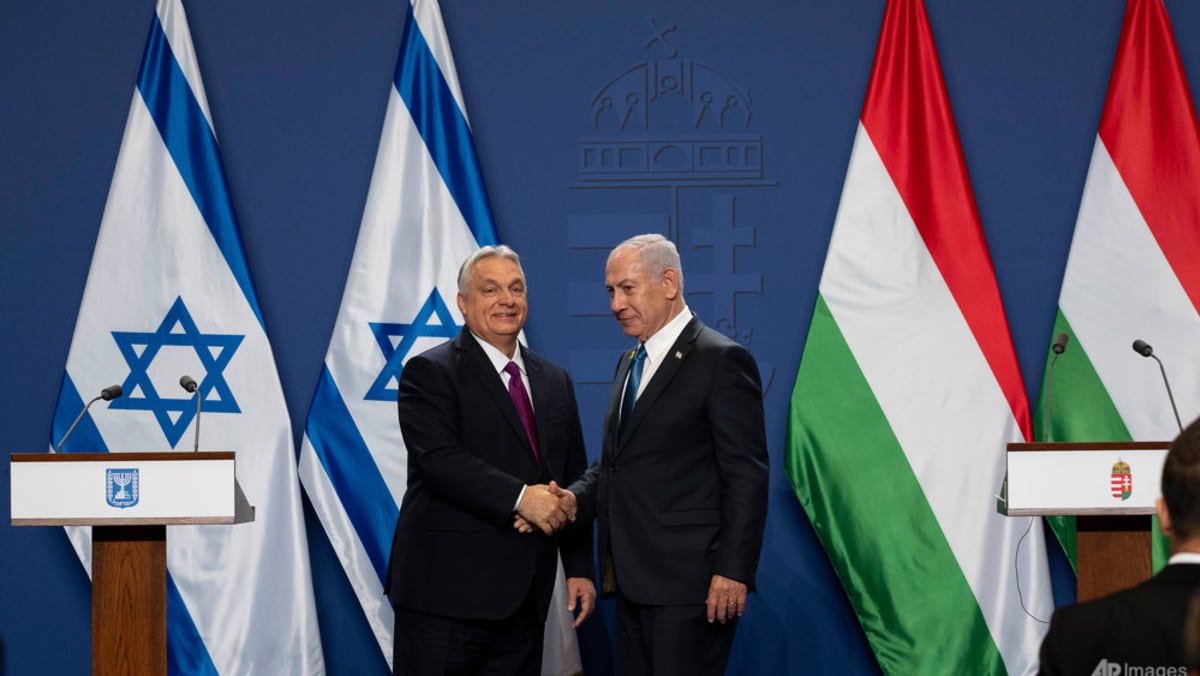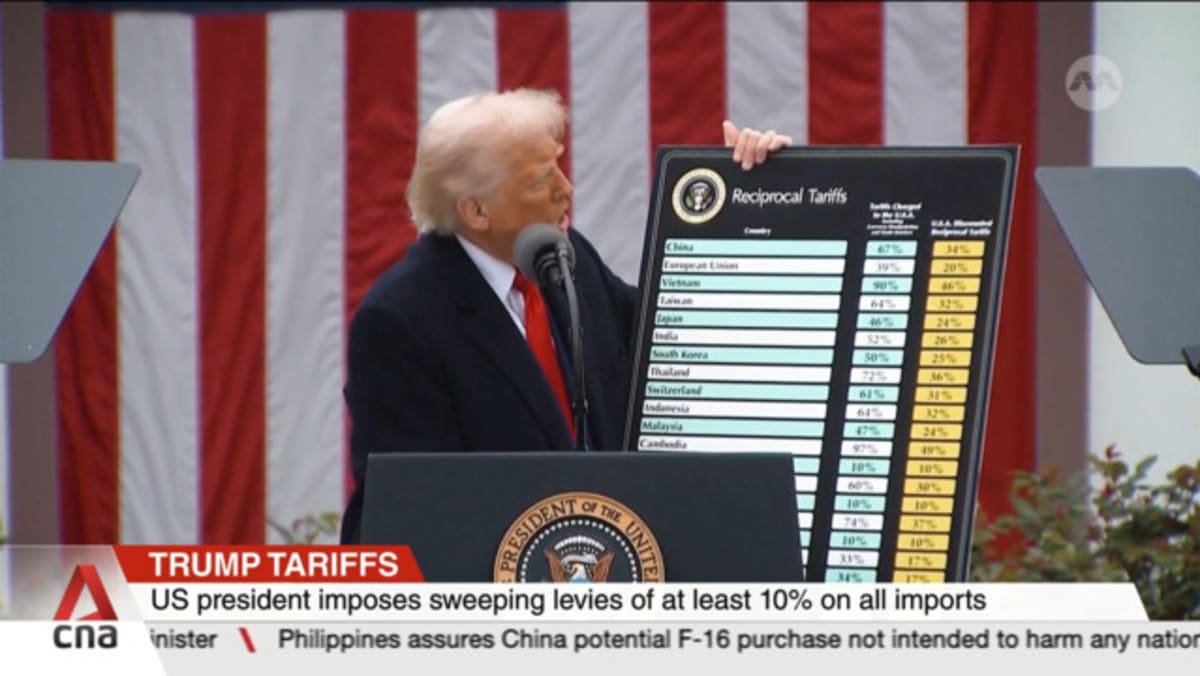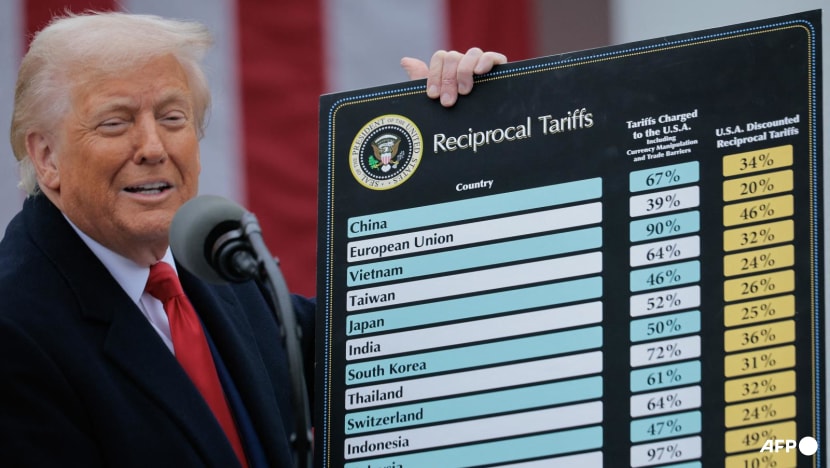The art of the deal?
Trump has complained that American ships – including US Navy vessels – are “severely overcharged” for using the port.
But for Euclides Tapia, professor of international relations at the University of Panama, this appears to be “a false argument” to conceal Trump’s real goal: “For Panama to reduce its relations with China to a minimum”.
Panama broke diplomatic ties with Taiwan in favour of Beijing in 2017, much to Washington’s dismay.
Since then, China’s footprint has expanded greatly in Panama as in the rest of Latin America, mainly through infrastructure projects.
The United States remains Panama’s main political and commercial partner, but subsidiaries of Chinese companies have in recent years built a US$206-million port at the Pacific entrance to the canal, and are spending some US$1.4 billion on a bridge over it.
“He (Trump) is definitely trying to frighten Panama,” said University of Essex international relations expert Natasha Lindstaedt.
She added that “this is a negotiation tool or a distraction, or both”.
Is force likely?
Under the 1977 treaties, Panama committed to ensuring the canal is open to all countries equally.
Nothing “mentions, let alone authorises, the United States recovering or reclaiming the canal”, said Julio Yao, a former government policy advisor who was part of the Panamanian team that negotiated the treaties.
According to Tapia, the international relations professor, Washington introduced amendments to the treaties that allow for unilateral US military force to defend the canal against threat of closure.
“Only the fabrication of a false flag operation … could justify the use of military force in Panama” under existing conditions, said Tapia.
And that could only happen “to keep the channel open, not to take it and exploit it economically”, the analyst added.
The Wilson Center’s Gedan sees a military intervention as “unlikely”, but noted Trump could put pressure on Panama through tariffs, for example.

